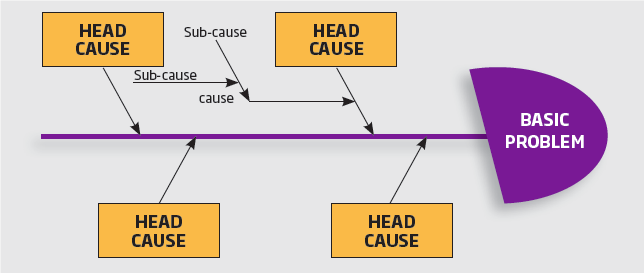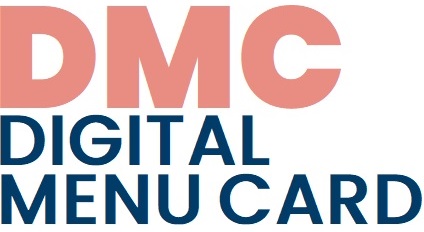When applying the method, follow this process:
- draw the “Fish” and the spurs for every possible cause of the problem
- highlight any spurs that appear more than once – they may be significant
- group thinks over every spur
- circle anything that seems to be a “key” cause
- group chooses top five causes and ranks them
- team further looks into these causes and uses problem-solving techniques to eliminate their occurrences

- possible causes are presented at various levels of detail in connected branches, with the level of detail increasing as the branch goes outward
- outer branch is a cause of the inner branch it is attached to
- outermost branches usually indicate the root causes of the problem
- Highly visual brainstorming tool which can spark further examples of root causes
- Quickly identify if the root cause is found multiple times in the same or different causal tree
- Allows one to see all causes simultaneously
- Good visualization for presenting issues to stakeholders
This method allows for in-depth representation of the problem, discouraging partial or premature solutions and showing the relative importance between different parts of a problem.
- Poorly Defined Problem Statement (prior problem analysis: whether a problem truly exists – or is just perceived –, where the problem exists, when it exists, and how pervasive it actually is)
- Lack of Root Cause Validation (each identified root cause must have a validation plan to determine if this hypothesis is true or false)
- Not “Sticking” to the Root Causes
- Selecting Lack of Training, Support, or Money as Root Causes (these are solutions – the causes of the problem lie elsewhere)
- Problems Have a Single Root Cause (improvement efforts should be prioritized based upon the contribution each root cause has to the problem)
The method is generally implemented in two stages: the first stage is to identify all the possible causes, and the second stage to identify the root causes of the problem. Depending on the complexity of the problem it can take an hour or two, or it can be held on two consecutive days.
The method is usually implemented in a group. It is important that the group members are familiar with the issues as well as familiar with the environment or the situation in which the problem occurs. It is recommended that at least some of the participants come from different profiles. The sources do not specify any specific number, but it is recommended that the number of participants should be from 6 to 8, but in the event of well functioning groups more than 10 people might be envisaged. It is important to ensure the diversity of views and at the same time make sure that the workload is manageable. With good knowledge of the issues, the method can also be accomplished by an individual working on their own.
Students generally find this method interesting and engaging.
